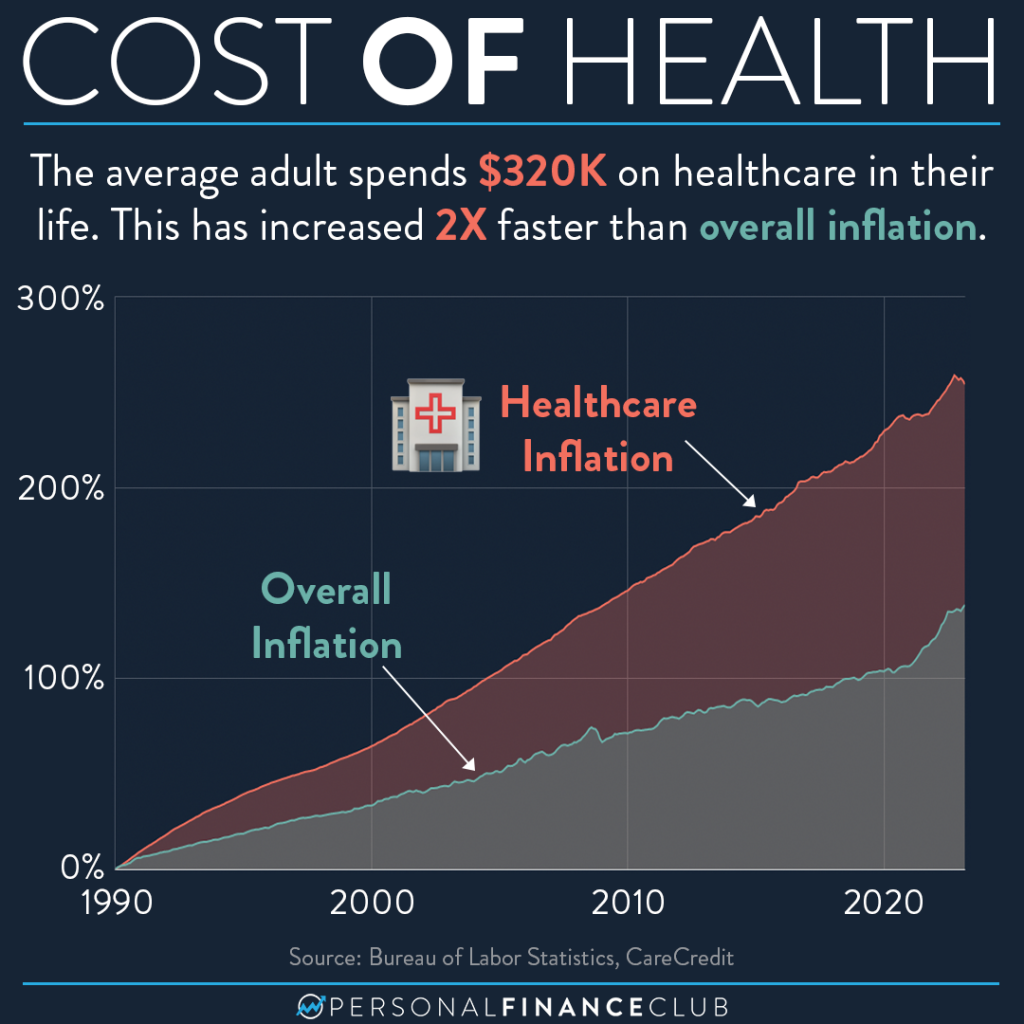Healthcare RCM Tools to Optimize Profits and Reduce Denials
Healthcare RCM Tools to Optimize Profits and Reduce Denials
Blog Article
A Comprehensive Guide on Exactly How Health Care RCM Functions to Simplify Billing and Collections
Navigating the intricacies of health care revenue cycle management (RCM) is critical for companies aiming to improve their invoicing and collections processes. The overview unloads the intricacies of RCM, from patient enrollment to accounts receivable management, supplying understandings into optimizing each action.
Comprehending Profits Cycle Management
Comprehending the complexities of Profits Cycle Management (RCM) is crucial for medical care companies intending to optimize their monetary efficiency. RCM is an important administrative function that encompasses the entire monetary procedure of patient care, from the initial consultation establishing to the last settlement of the equilibrium. It is a complex procedure developed to recognize, gather, and handle the revenue from the services offered to patients. Efficient RCM makes sure that healthcare companies obtain timely and precise repayments, lessening the threat of income loss and improving capital.
The RCM process starts when a person routines an appointment and expands with the patient's treatment journey, consisting of billing and collections. A vital objective is to decrease the time between offering a service and receiving repayment, hence improving the organization's economic health and wellness. RCM includes various features such as individual registration, insurance coverage confirmation, charge capture, coding, asserts submission, settlement publishing, and taking care of denials and appeals.
Trick Components of RCM
In the world of Profits Cycle Administration (RCM), comprehending its vital components is fundamental to accomplishing economic efficiency within medical care companies. RCM is a detailed procedure that incorporates various stages, each critical to making sure effective payment and collections. The main components include individual enrollment, insurance coverage confirmation, fee capture, coding, case submission, payment posting, and balance due administration.


As soon as coded, claims are sent to payers, where precision is critical to prevent delays or rejections - Healthcare RCM. Repayment publishing entails tape-recording the obtained settlements, which permits the reconciliation of accounts. Last but not least, receivables monitoring concentrates on tracking and resolving overdue claims, making sure prompt follow-up and resolution
Each element of RCM is interconnected, and inefficiencies in any type of part can interfere with the entire cycle. Consequently, mastering these elements is important for healthcare service providers to maximize earnings and improve their economic health.
Techniques for Reliable Billing

Systematizing billing treatments throughout the company is an additional vital method. Developing clear standards for paperwork, coding, and submission aids preserve uniformity and compliance with governing demands. Educating staff on a regular basis on these procedures guarantees every person is current with the most up to date changes in billing codes and payer policies.
Accurate cost capture is important in stopping revenue leakage. Applying routine audits and surveillance systems allows for the recognition and correction of disparities before they influence revenue. Furthermore, preserving open lines of communication with payers aids to rapidly fix any kind of disputes or misunderstandings that might occur.

Lastly, appealing people early in the invoicing process by providing clear price quotes and instructional materials about their more tips here financial obligations can dramatically minimize complication and boost payment timeliness. These methods jointly add to a much more effective and economically healthy billing system.
Enhancing Collections Processes
Offered the complexities of clinical invoicing and the range of payer needs, improving the collections procedure involves executing strategic steps that ensure accurate and prompt repayment of solutions rendered. Automation tools can help in tracking case standings, sending timely pointers to patients, and you could try these out taking care of rejections a lot more properly.
Transparent and clear patient communications are critical. Giving in-depth descriptions of costs and supplying adaptable settlement plans can enhance patient contentment and timely settlements.
Normal audits of the collections procedure ought to be performed to recognize areas for enhancement and make sure compliance with policies. By evaluating data, healthcare organizations can determine fads, expect possible problems, and adjust approaches appropriately (Healthcare RCM). Inevitably, a well-enhanced collections procedure not only supports financial health and wellness yet likewise adds to a more smooth experience for clients and team alike
Optimizing Income Streams
Structure upon the structure of a strong collections process, healthcare organizations can even more strengthen their economic stability by strategically optimizing earnings streams. This includes a multi-faceted strategy, starting with an extensive analysis of existing profits resources to determine ineffectiveness and locations for development. Utilizing advanced information analytics devices allows companies to get understandings right into payer mix, person demographics, and service usage patterns, enabling for data-driven choices that improve earnings capture.
Carrying out automated invoicing systems can dramatically decrease errors and expedite cases refining, making certain that profits is collected much more successfully. Furthermore, enhancing payer contracts with routine negotiations can improve compensation prices and terms, directly affecting the bottom line. Branching out service offerings, such as integrating telehealth or health care, can additionally draw in a broader person base, hence enhancing income capacity.
An additional crucial element is boosting individual engagement and fulfillment, as pleased individuals are most likely to comply with treatment strategies and make prompt repayments. Providing flexible settlement choices and clear invoicing practices can enhance collections and foster person commitment. Healthcare RCM. By taking on these methods, medical care companies can develop a more resistant economic structure, guaranteeing sustained development and security in an ever-changing sector landscape
Verdict
To conclude, healthcare Profits Cycle Management (RCM) plays a critical role in enhancing payment and collections procedures by integrating essential parts such as individual registration, insurance policy confirmation, fee capture, coding, claims submission, and accounts receivable monitoring. By using innovative technology, standardizing treatments, and promoting person engagement, doctor can substantially minimize insurance look at this website claim denials, increase repayment cycles, and improve cash money flow. This thorough strategy to RCM eventually causes boosted monetary effectiveness and sustainability for health care companies.
The RCM procedure starts when a patient routines a visit and expands with the person's care journey, including payment and collections.Another vital component is boosting person involvement and satisfaction, as satisfied people are more most likely to stick to therapy plans and make prompt settlements. Using versatile settlement choices and transparent invoicing practices can enhance collections and foster patient commitment.In final thought, medical care Profits Cycle Administration (RCM) plays an important role in maximizing billing and collections procedures by integrating vital parts such as client enrollment, insurance policy confirmation, charge capture, coding, asserts submission, and accounts receivable management. By utilizing innovative technology, standardizing treatments, and cultivating patient interaction, health care companies can considerably lower case rejections, speed up settlement cycles, and boost cash circulation.
Report this page